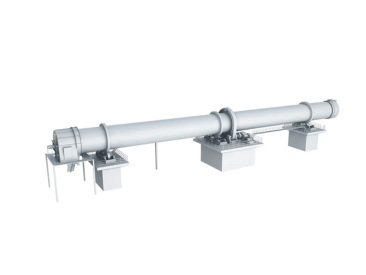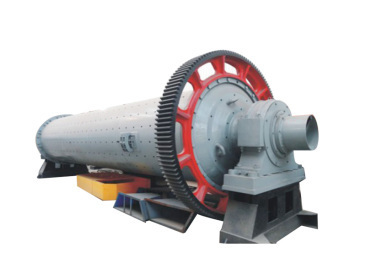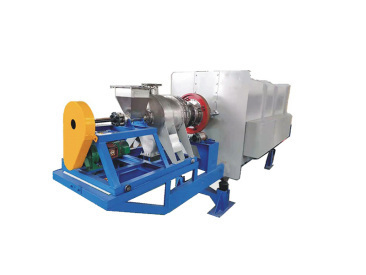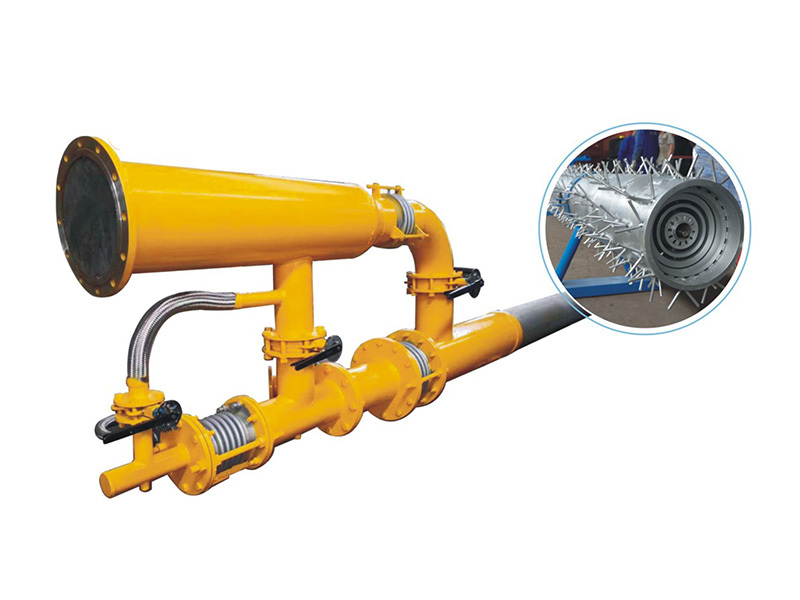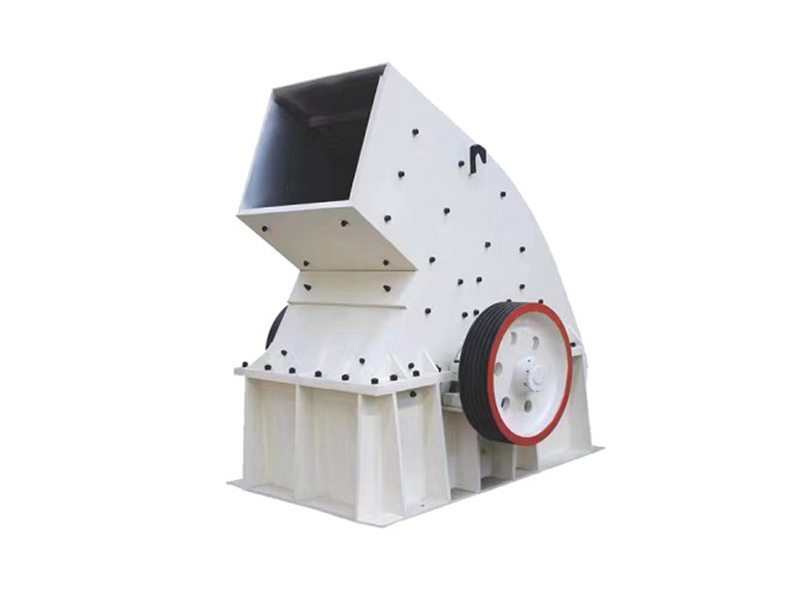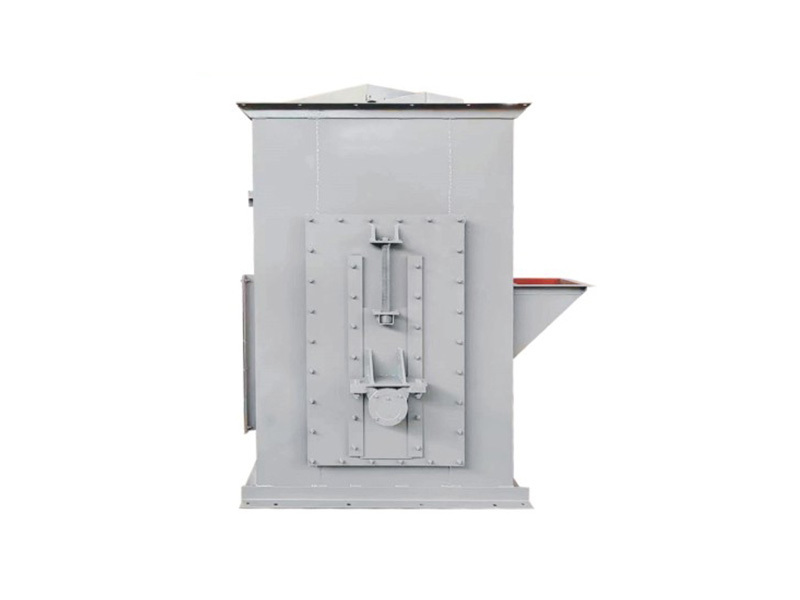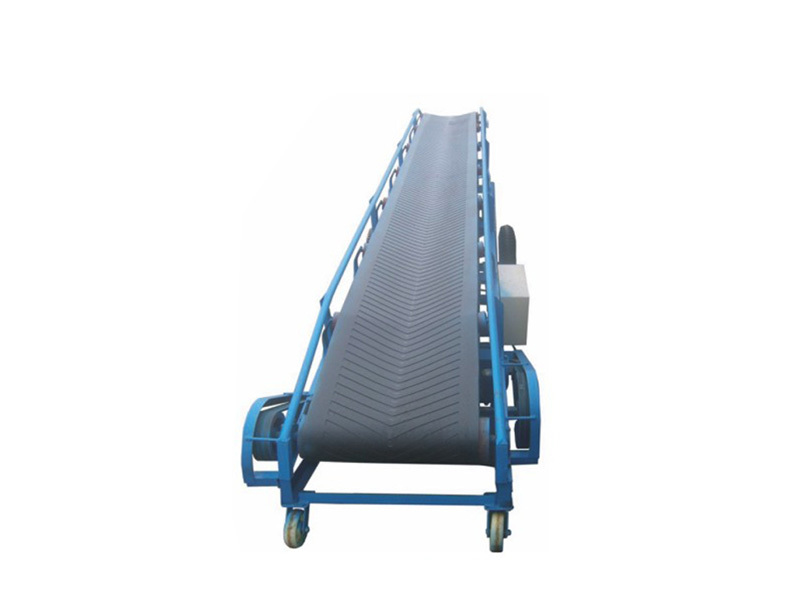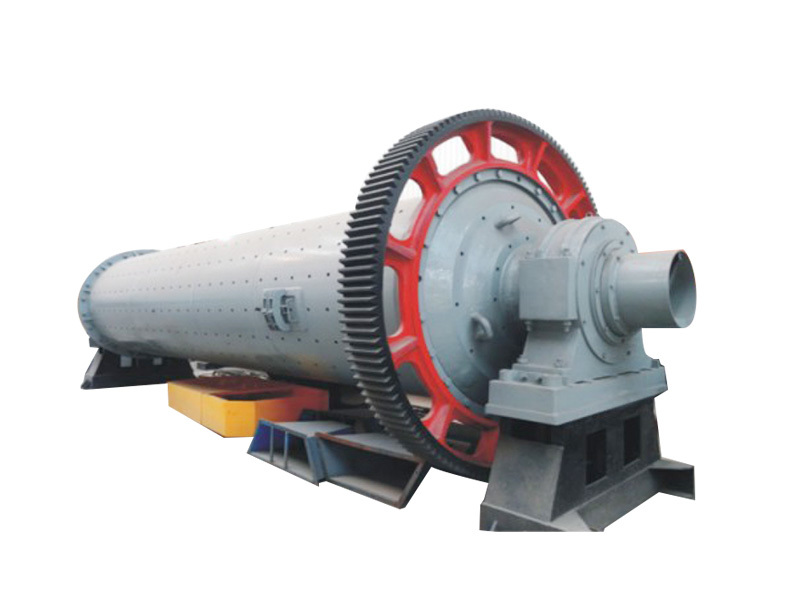The Essential Role of Rotary Kilns in Cement Production: Unlocking Efficiency and Quality
The Essential Role of Rotary Kilns in Cement Production
Table of Contents
1. Introduction to Cement Production
2. What is a Rotary Kiln?
3. The Chemistry of Cement Production
3.1 The Raw Materials
3.2 The Clinkerization Process
4. Importance of Rotary Kilns in Cement Manufacturing
4.1 Energy Efficiency
4.2 Quality Control
5. Types of Rotary Kilns Used in Cement Production
5.1 D
The Essential Role of Rotary Kilns in Cement Production
Table of Contents
1. Introduction to Cement Production
2. What is a Rotary Kiln?
3. The Chemistry of Cement Production
3.1 The Raw Materials
3.2 The Clinkerization Process
4. Importance of Rotary Kilns in Cement Manufacturing
4.1 Energy Efficiency
4.2 Quality Control
5. Types of Rotary Kilns Used in Cement Production
5.1 Direct-Fired Rotary Kilns
5.2 Indirect-Fired Rotary Kilns
6. Innovations in Rotary Kiln Technology
7. Environmental Considerations
7.1 Emissions Management
7.2 Sustainable Practices
8. Future Trends and Developments in Rotary Kiln Technology
9. Frequently Asked Questions (FAQs)
10. Conclusion
1. Introduction to Cement Production
Cement production is a fundamental process in construction and infrastructure development, responsible for binding various materials together to create durable structures. With the growing demand for sustainable and high-quality cement, understanding the role of rotary kilns in this industry becomes essential. Rotary kilns are central to the cement manufacturing process, serving as the primary equipment where raw materials are transformed into clinker—the key ingredient for producing cement.
2. What is a Rotary Kiln?
A rotary kiln is a cylindrical furnace that rotates on its axis, facilitating the continuous process of heating and processing materials. These kilns are typically made from high-quality steel and lined with refractory materials to withstand high temperatures, which can exceed 1,400 degrees Celsius (2,552 degrees Fahrenheit). The rotary kiln's design allows for efficient heat transfer and material movement, ensuring uniform processing of raw materials.
3. The Chemistry of Cement Production
Understanding the chemistry involved in cement production is vital to appreciate the role of rotary kilns in this process.
3.1 The Raw Materials
The primary raw materials used in the cement manufacturing process are limestone, clay, and iron ore. Limestone provides calcium carbonate, which is essential for clinker formation. Clay contributes silica and alumina, while iron ore adds iron oxide, which helps regulate the melting temperature within the kiln.
3.2 The Clinkerization Process
The transformation of raw materials into clinker occurs within the rotary kiln through a series of complex chemical reactions. When heated to high temperatures, calcium carbonate decomposes into calcium oxide and carbon dioxide. This reaction is crucial as calcium oxide reacts with the silica and alumina present in the raw materials to form compounds like tricalcium silicate (C3S) and dicalcium silicate (C2S), which are essential for the strength and durability of cement.
4. Importance of Rotary Kilns in Cement Manufacturing
Rotary kilns play a critical role in optimizing cement production, impacting both efficiency and product quality.
4.1 Energy Efficiency
The design and operation of rotary kilns are optimized for energy efficiency. By incorporating advanced technologies like preheaters and precalciners, manufacturers can significantly reduce energy consumption. Preheaters utilize the hot gases generated from the kiln to preheat raw materials before they enter the kiln, enhancing thermal efficiency and lowering fuel costs.
4.2 Quality Control
Maintaining consistent product quality is paramount in cement production. Rotary kilns allow for precise control over temperature and residence time, ensuring that the raw materials are adequately processed. This precise control contributes to the production of high-quality clinker, which directly influences the final properties of cement, including strength, workability, and durability.
5. Types of Rotary Kilns Used in Cement Production
Different types of rotary kilns are utilized in the cement industry, each catering to specific operational needs.
5.1 Direct-Fired Rotary Kilns
In direct-fired rotary kilns, fuel is burned directly in the kiln. This configuration allows for high thermal efficiency and is commonly used in cement production. The direct contact between combustion gases and the raw materials enables efficient heat transfer, essential for the clinkerization process.
5.2 Indirect-Fired Rotary Kilns
Indirect-fired rotary kilns operate by heating the kiln's shell through external combustion. This design is beneficial for processes where the raw materials cannot come into contact with combustion gases, such as when dealing with specific chemical compounds that may be altered by high temperatures.
6. Innovations in Rotary Kiln Technology
The cement industry is continuously evolving, with rotary kiln technology leading many innovations aimed at improving efficiency and sustainability. Advanced kiln designs, automation, and integrated process controls have emerged, allowing for real-time monitoring and adjustments to optimize production processes. Moreover, the integration of artificial intelligence and machine learning is paving the way for predictive maintenance, reducing downtime and extending equipment life.
7. Environmental Considerations
Cement production is often criticized for its environmental impact, particularly concerning CO2 emissions. Rotary kilns, however, have seen significant advancements in emissions management.
7.1 Emissions Management
Modern rotary kilns are equipped with sophisticated emissions control systems that capture and reduce harmful pollutants before they are released into the atmosphere. Technologies like selective catalytic reduction (SCR) and electrostatic precipitators (ESP) are commonly employed to minimize NOx and particulate matter emissions, aligning the industry with stringent environmental regulations.
7.2 Sustainable Practices
Sustainability is a growing focus in the cement industry, with rotary kilns adopting alternative fuels such as biomass and waste-derived fuels. By utilizing these resources, manufacturers can reduce their carbon footprint and promote circular economy practices, ensuring a more sustainable approach to cement production.
8. Future Trends and Developments in Rotary Kiln Technology
The future of rotary kilns in cement production is promising, with ongoing research and development aimed at further enhancing efficiency and sustainability. Innovations such as carbon capture and storage (CCS) technologies are being explored to minimize overall emissions. Additionally, the use of digital twin technology is gaining traction, allowing for comprehensive simulations of kiln operations to identify optimization opportunities.
9. Frequently Asked Questions (FAQs)
1. What is the main function of a rotary kiln in cement production?
The primary function of a rotary kiln in cement production is to heat and convert raw materials into clinker through a series of chemical reactions.
2. How does a rotary kiln improve energy efficiency?
Rotary kilns improve energy efficiency by utilizing technologies such as preheaters and precalciners, which reduce energy consumption during the clinkerization process.
3. What are the environmental impacts of rotary kilns?
Rotary kilns can contribute to environmental impacts like CO2 emissions; however, modern technologies have been developed to minimize these emissions through effective management systems.
4. What types of fuels are used in rotary kilns?
Rotary kilns typically use fossil fuels like coal or natural gas, but there is a growing trend to incorporate alternative fuels such as biomass and waste-derived materials to promote sustainability.
5. How do rotary kilns ensure product quality?
Rotary kilns ensure product quality by maintaining precise control over temperature and residence time, allowing for uniform processing of raw materials to produce high-quality clinker.
10. Conclusion
Rotary kilns are integral to the cement production process, serving as the heart of the industry. Their design and operational capabilities not only enhance efficiency but also play a crucial role in maintaining the quality of cement. As the industry continues to innovate and adapt to the challenges of sustainability, rotary kilns will remain pivotal in shaping the future of cement manufacturing. By embracing new technologies and sustainable practices, the cement industry can continue to meet the growing demands for construction materials while minimizing its environmental impact.
Recommend Content
The Essential Role of Rotary Kilns in Cement Production: Unlocking Efficiency and Quality
The Essential Role of Rotary Kilns in Cement Production
Table of Contents
1. Introduction to Cement Production
2. What is a Rotary Kiln?
3. The Chemistry of Cement Production
3.1 The Raw Materials
3.2 The Clinkerization Process
4. Importance of Rotary Kilns in Cement Manufacturing
4.1 Energy Efficiency
4.2 Quality Control
5. Types of Rotary Kilns Used in Cement Production
5.1 D






